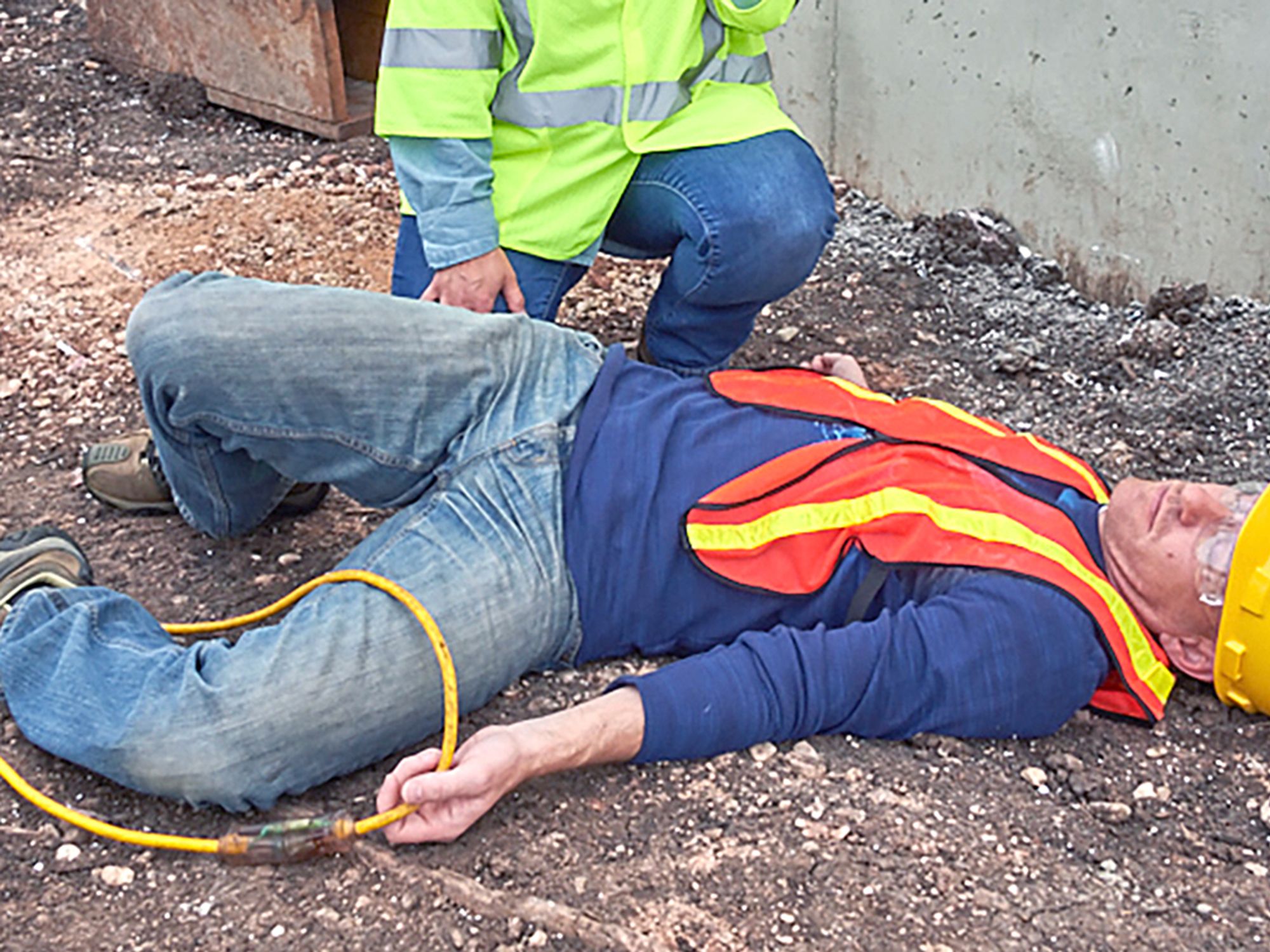Laws and liability

- Those who intervene to help a victim during a medical emergency are considered a “Good Samaritan.”
- Good Samaritans are not liable for civil damage that may occur while administering treatment.
- Cardiac arrest care providers, trainers, and owners of property where AEDs are kept are protected as Good Samaritans by the Cardiac Arrest Survival Act.
Cardiac Arrest Survival Act
In 2000, the Cardiac Arrest Survival Act was signed into law. This law specifically protects those who use automated external defibrillators (AED) on a victim from civil liability. Again, the user must not cause harm by gross negligence, along with willful, criminal or reckless misconduct, or a conscious, flagrant indifference to the rights or safety of the victim.
The Cardiac Arrest Survival Act provides Good Samaritan immunity for cardiac arrest care providers, trainers, and owners of property where Automated External Defibrillators (AED) are kept. The Occupational Safety and Health Administration (OSHA) doesn’t have any AED standards but recommends employers have access to an AED as a best practice, recognizing its value and benefits. State regulations on the purchase and use of AEDs vary.
Good Samaritan laws
The “Good Samaritan” doctrine is a legal principle that prevents a rescuer who has voluntarily helped a victim in distress from being successfully sued for “wrongdoing.” The purpose of such laws is to keep people from being reluctant to help a stranger who needs assistance for fear of possible legal repercussions, in the event that a mistake in treatment is made inadvertently by the rescuer. The Good Samaritan doctrine was primarily developed for first-aid situations.
Every state has its own adaptation of the Good Samaritan legal doctrine. Most states declare that the recipient of the aid must not object to the receipt of the aid but need not consent. Some states have Good Samaritan laws that apply to all citizens. Other states have Good Samaritan laws written specifically for physicians.
Key definitions
A Good Samaritan is generally “Any person who, in good faith, renders emergency medical care or assistance to an injured person at the scene of an accident or other emergency without the expectation of receiving or intending to receive compensation from such injured person for such service.” A Good Samaritan shall not be liable in civil damages for any act or omission, not constituting gross negligence, in the course of such care or assistance.
Summary of requirements
When it comes to the legal aspects of rendering first aid, there are a few things to consider. An obvious consideration is that people should not act in ways that could fall under the definition of gross negligence. They should also not try to provide help that is beyond the scope of their training. Once someone begins to render first aid to a victim, they are not to abandon the victim. They must continue until they can no longer supply aid, or until other help arrives and relieves them.
Many employers have employee volunteers who are willing to render first aid to those in need should a workplace incident occur. In such situations, employers are often concerned with risk and legal liability issues. In these cases, there is generally the absence of a contractual, special professional, or trustee relationship or statutory requirement; and the person rendering aid is not under a legal duty to assist or care for the injured. This means that those employee volunteers — unlike traditional medical doctors — do not have a legal obligation to treat people. These are the folks that are generally protected by “Good Samaritan” laws.
